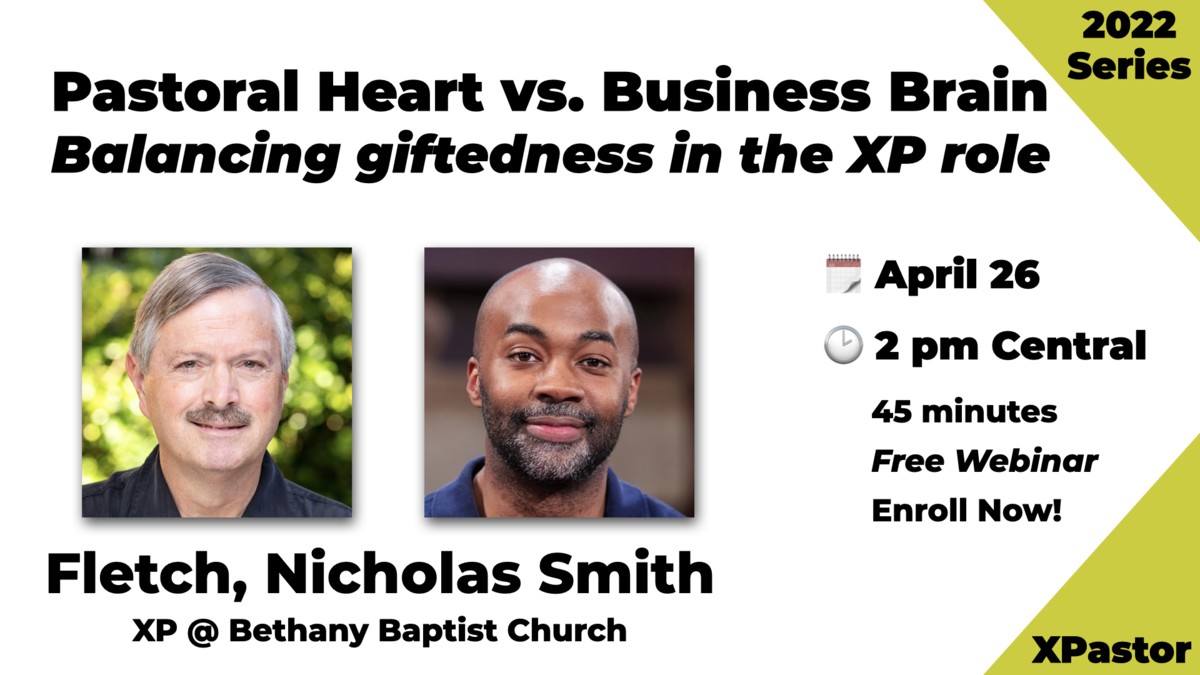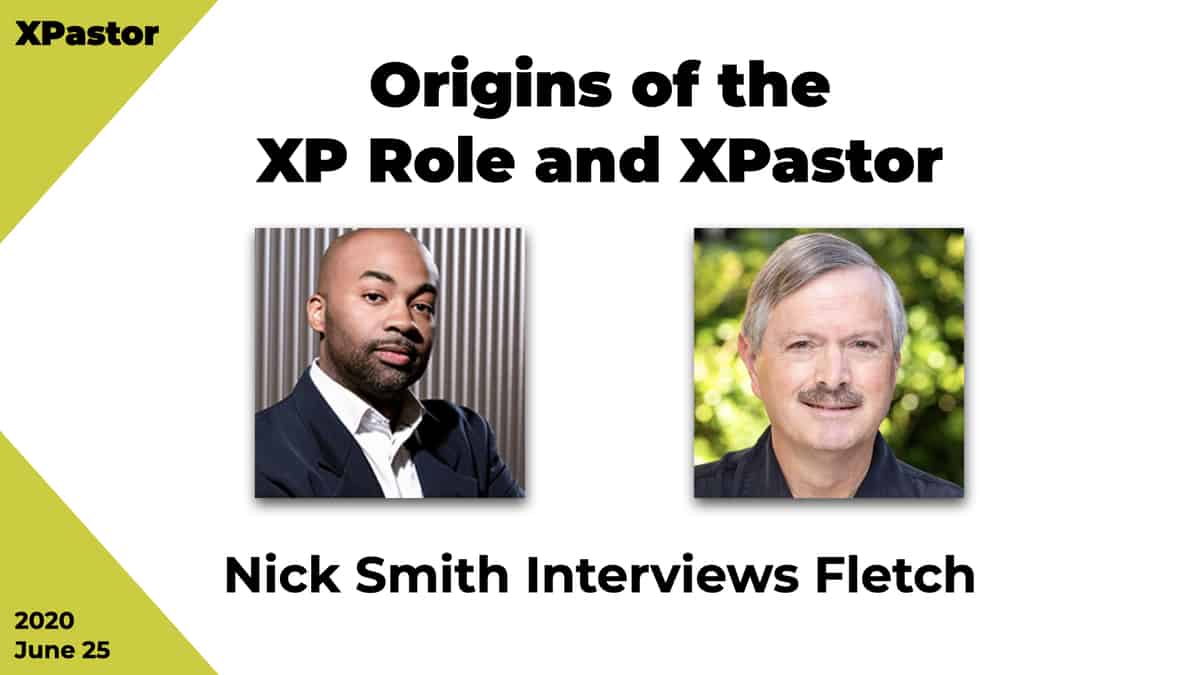One of the least understood roles in churches is the “second chair” role—the person who reports directly to the Senior Pastor (or sometimes the church board) and oversees a large portion of the church staff. This person goes by lots of different titles. Most common is Executive Pastor, but they’re also sometimes known as Executive Director, Executive Minister, Business Administrator, Associate Pastor, and more.
Leadership Network recently conducted a survey of people in this strategic role, drawing 555 responses. The research was done in partnership with XPastor.org and summarized in the April issue of Church Executive magazine. The complete survey and results are available in an illustrated report for free download at www.leadnet.org.
Top Ten Findings
The project findings were very informative and contained a few surprises. Can you spot which statement below is false?
- More Executive Pastors come from the business world than from any other field.
- On average, Executive Pastors work 50 hours a week and have 9 direct reports.
- Female Executive Pastors spend more of their week advising the Senior Pastor than their male counterparts do.
- Churches typically create an Executive Pastor role after they reach an attendance of about 1,000.
- An increasing trend in very large churches is for several people to share the Executive Pastor role.
- Executive Pastors spend about 40% of their time in administration or meetings.
- Executive Pastors voice a high satisfaction level with their relationship to their Senior Pastor.
- The Executive Pastor eats dinner with his or her family four or five nights a week.
- The typical age of Executive Pastors is 53 years old.
- A large majority of Executive Pastors say their closest friends are at their church.
For the one incorrect option, read below …
The false statement was #4, which described typical church size for adding an Executive Pastor. Instead, the trend is toward adding an Executive Pastor sooner in a church’s growth. Ten years ago, the role might have been added at an attendance of 1,000, where today it’s more common at 500 to 800. In fact, many new churches are launching with a staff team, one of them being the Executive Pastor. The idea is to free the Lead Pastor from heavy administrative work from day one of the church.











